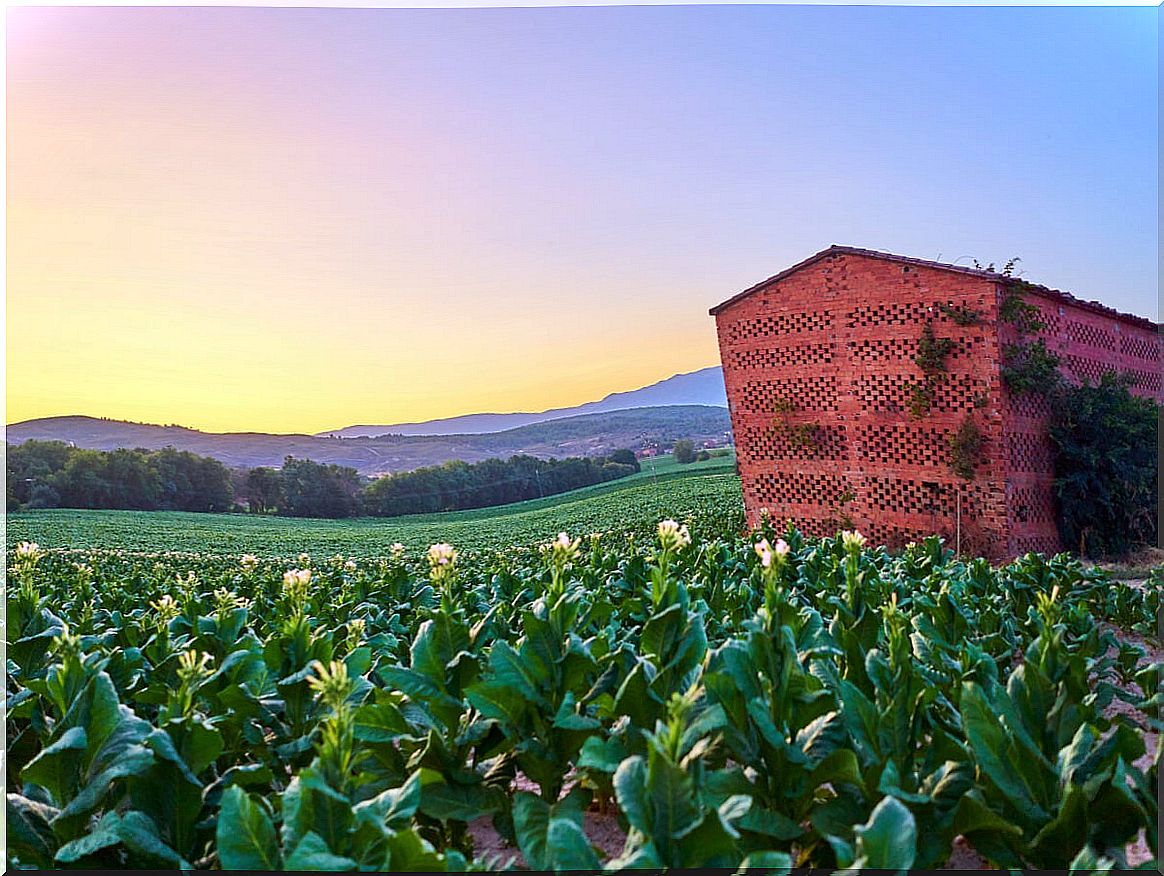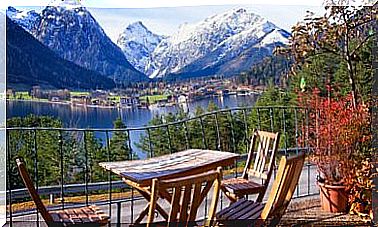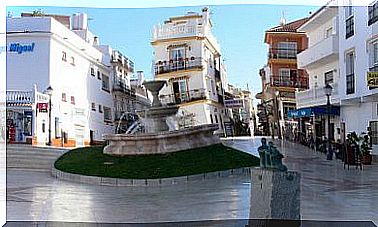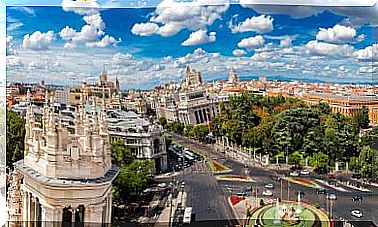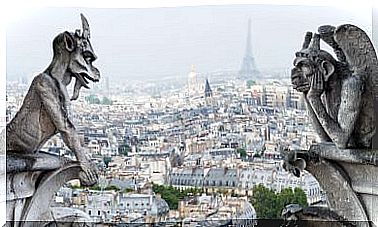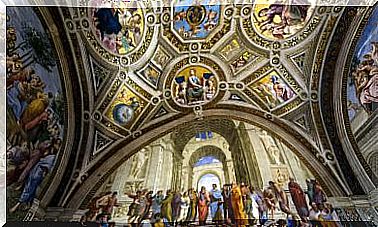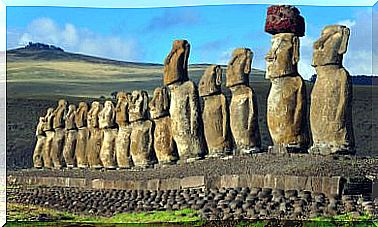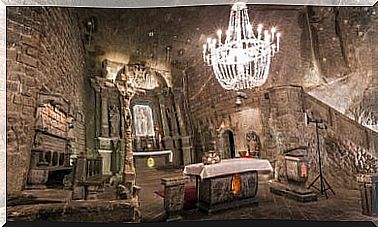Strolling Around The Archaeological Site Of Medina Siyasa
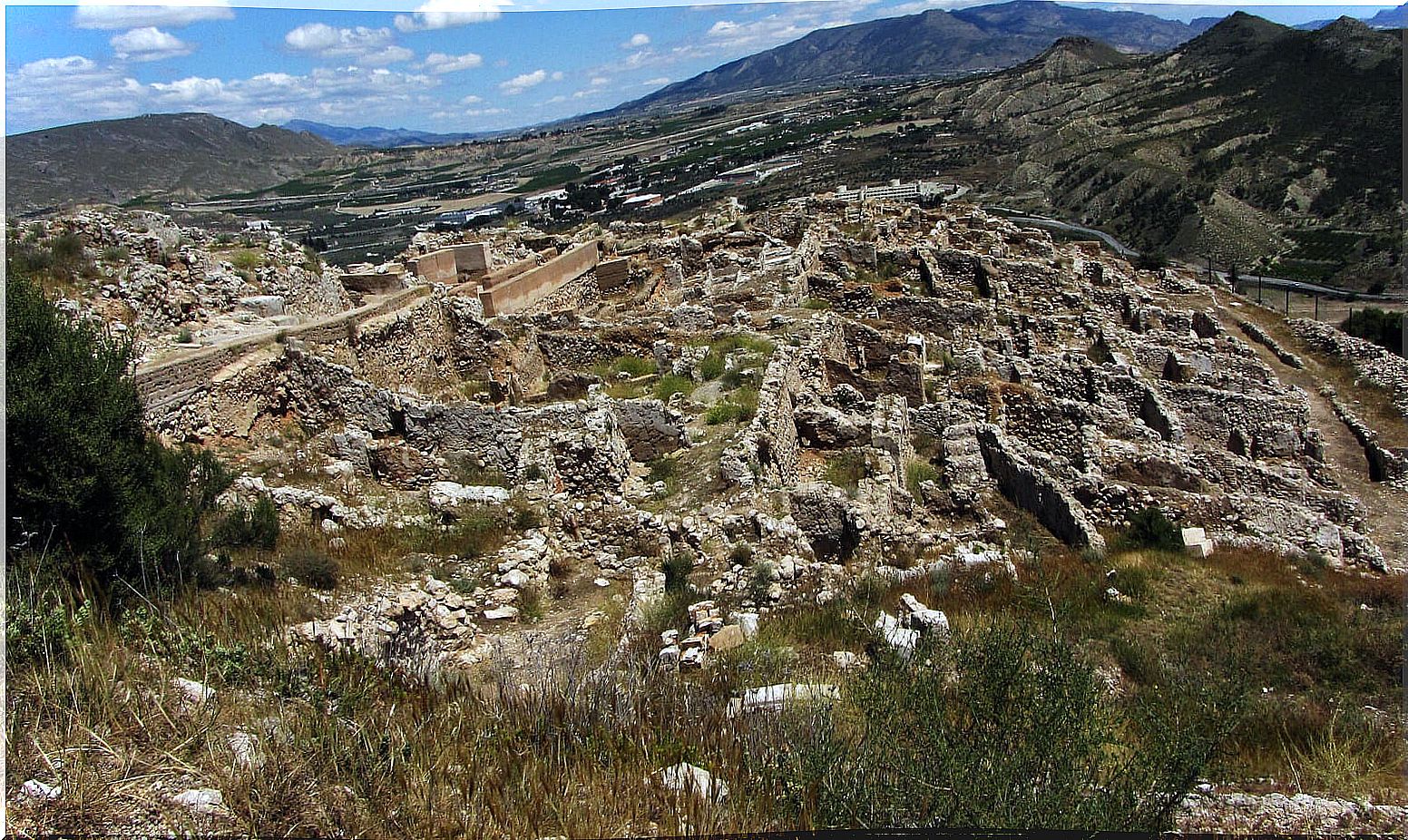
To get to the archaeological site of Medina Siyasa, we must go to the province of Murcia. About six kilometers from the town of Cieza, we will discover the remains of one of the most prosperous towns from the Arab period, located between the Vega Alta and the Vega Media del Segura.
Between the 11th and 13th centuries, in the Cerro del Castillo on the banks of the Segura River, was the city of Medina Siyasa. The Andalusian community that founded this population chose the upper area of a hill to settle. The choice of the site was due to the high visibility of all the lands of both the Segura river valley and the Ricote valley, as well as the rest of the fortified towns in the surroundings.
History and description of Medina Siyasa
Although today only 19 houses have been excavated, it is estimated that there are around 750 houses in Medina Siyasa. In addition to the structures of the houses, we can also walk through its streets and its walls.
According to the excavations carried out and those that are pending, it seems that the city could have had around 400 inhabitants. It is one of the most important and best-preserved Andalusian cities on the Iberian Peninsula.
The walled enclosures
Medina Siyasa shows, like many Andalusian cities, a fortress that protects the city, which is located at the top. Likewise, we can see an area where the houses protected by a wall are located. These two walled enclosures are:
- One in the lower part, which was called albacar and which served to defend the population of the city in case it suffered an attack.
- Another in the upper part called celloquia, located in the area closest to the castle and which was used for the defense of the inhabitants. The top was protected by a two-story square tower, which was the place with the best view in the entire town.

From the structure of the city, we highlight the network of narrow and intricate streets between them and the total absence of open spaces in the city.
The way of life inside the houses
Muslim families lived their lives indoors, not outdoors. Hence the traveler who goes to see the archaeological site of Medina Siyasa may find it strange that most of the houses do not have windows to the outside.
In the area already excavated, we can see that the construction was made with stone that was later decorated with plaster and paint. Inside some of the houses, the decoration was spectacular. Excavations have revealed artistic remains of great beauty, and many are in the museum today.
The houses were entered through a hallway that was designed to preserve the privacy of the inhabitants of each house. Then you come to the central patio, which is the main element of the house and from where the rest of the rooms of each house were accessed.
The kitchen is one of the largest rooms in the house. In some houses, adobe ovens have been found where acímo bread or unleavened bread, typical of Arab cuisine, was cooked. Another important room was the so-called “tinajero” where the water was stored. In the excavations jugs, jars and ewers related to the use of water have been found.
The living rooms were the most distinguished rooms in the houses, and this was evident in the ornamentation of their arches. Many had a small bedroom that served as a visiting room. Some of the houses had two rooms, the winter one and the summer one.
On the other hand, the houses had latrines that drained into cesspools in the lower part of the houses or into pipes that dumped directly into the hill.
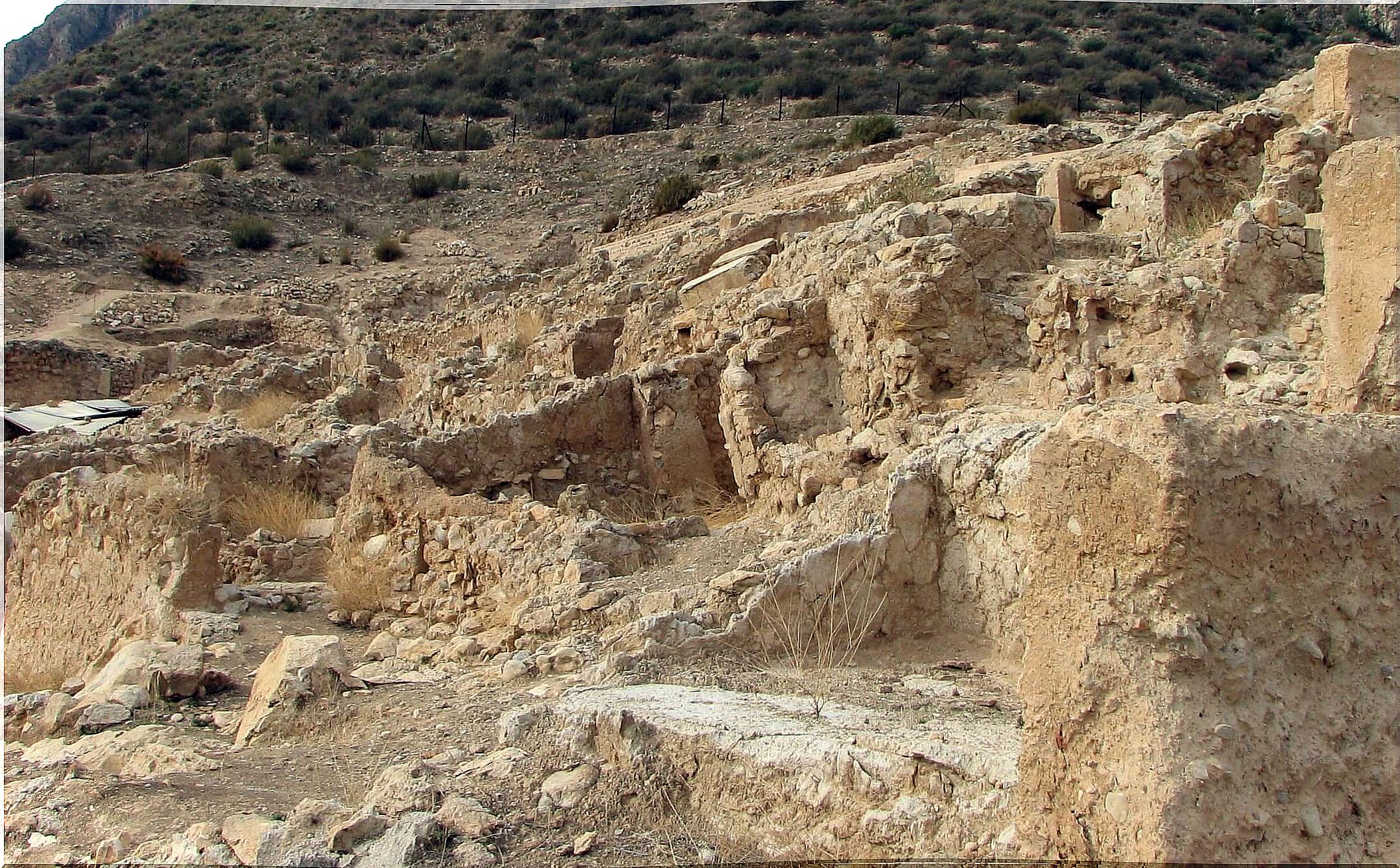
The Siyasa museum
To complete the visit, we should not leave without visiting the Cieza Museum, where remains from the different excavation campaigns that have been carried out there are preserved. In this sense, a group of arches that were found in archaeological works stands out.
In addition, the museum contains samples of prehistoric rock art, declared a World Heritage Site by UNESCO.
The Andalusian legacy of Medina Siyasa
Medina de Siyasa was a prosperous city within the Muslim kingdom of Murcia. It was located at a crossroads from the coast to the interior and from the north to the south of the Peninsula. It was an area of geostrategic importance with good resources, natural defenses and climate, which was reconquered by the Crown of Castile after the signing of the Treaty of Alcaraz in 1243.
In the eighties, the excavations began that today allow us to enjoy this archaeological site of Medina Siyasa. If you come to visit it, you will get an idea of what an Andalusian city was like from the 12th and 13th centuries.
Cover image: Flickr.com / Laura Torres.
